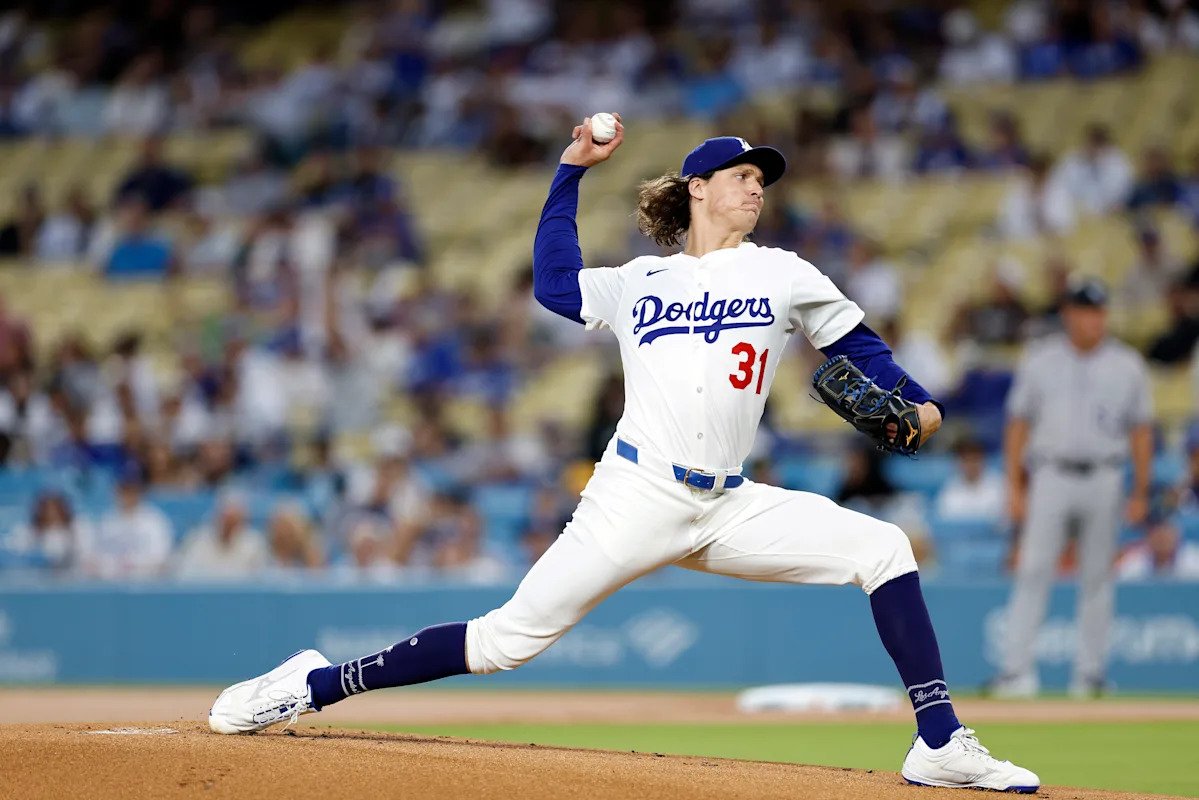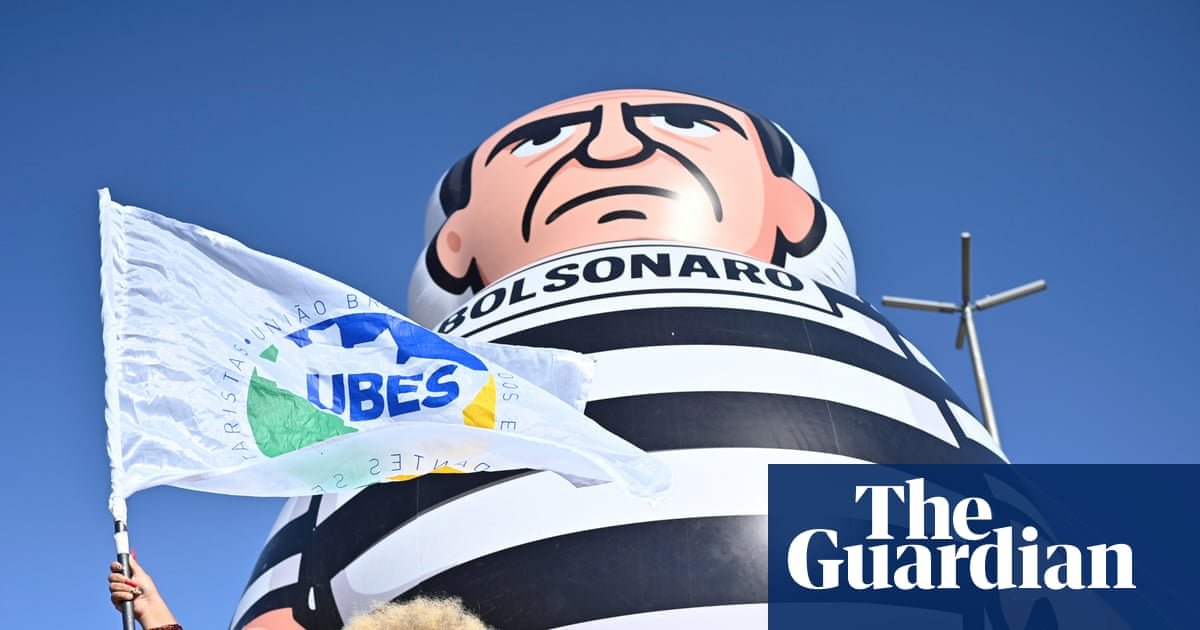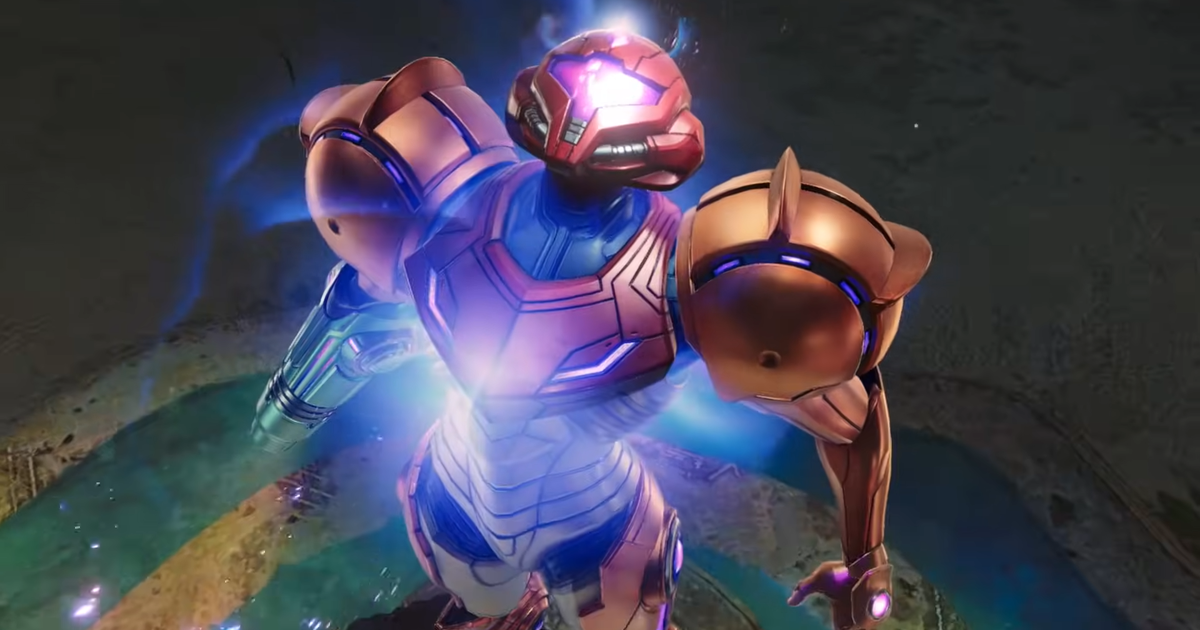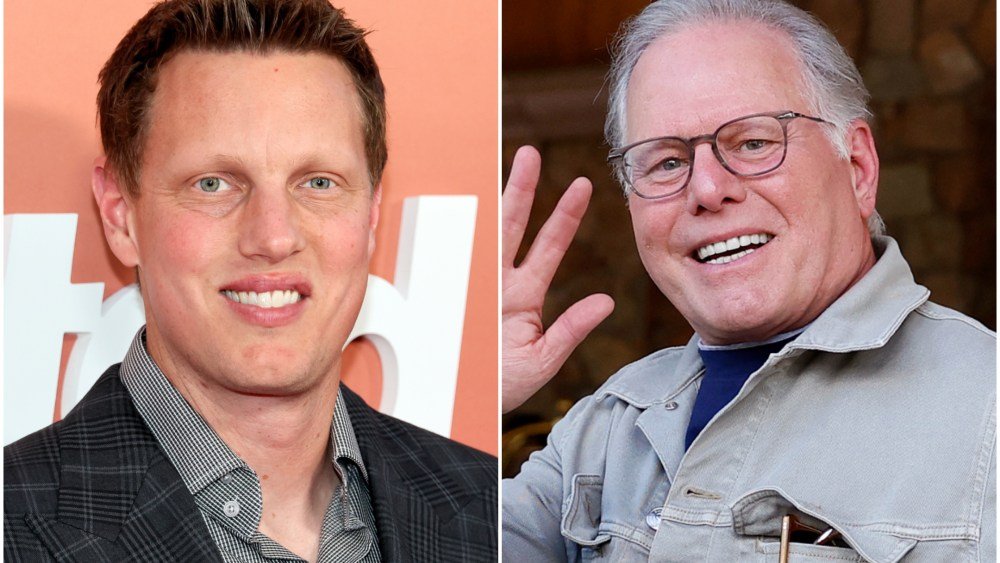Top Stories
Dodgers lose another no-hit bid in 9th inning but hang on to beat Rockies after Tyler Glasnow’s start

It wasn’t as brutal as the other night, but the Los Angeles Dodgers had another no-hitter broken up in the ninth inning Monday.
The Dodgers came very close to throwing a combined no-hitter in their 3-1 win over the Colorado Rockies at Dodger Stadium. Tyler Glasnow got the start and threw seven no-hit innings before he was pulled.
Advertisement
Rockies second baseman Ryan Ritter hit a double off closer Tyler Scott to start the ninth inning and end the Dodgers’ combined bid.
Glasnow was just about perfect for the Dodgers in his seven innings on the mound. He allowed a walk in the second inning, and then Kyle Farmer hit Jordan Beck in on a sacrifice fly to get Colorado on the board.
But the no-hitter was safe, and Glasnow made it through seven innings before being taken out. He had 11 strikeouts and 105 pitches when Blake Treinen came in to replace him in the eighth. Treinen quickly got his three outs and left the remaining three for Scott. After Ritter’s hit, the Dodgers quickly closed out the inning to secure their two-run win.
Advertisement
[Get more Los Angeles news: Dodgers team feed]
The Dodgers came so close to throwing a no-hitter on Saturday, too. Yoshinobu Yamamoto was perfect through 8 ⅔ innings against the Baltimore Orioles, but L.A. then blew a three-run lead and lost to the Orioles in brutal fashion. That would’ve been Yamamoto’s first MLB no-hitter, after he threw a pair in the Nippon Professional Baseball league.
Major League Baseball still has not seen a no-hitter this season, though there have been several close calls. The last no-hitter was thrown on Sept. 4, 2024, when the Chicago Cubs threw a combined no-no against the Pittsburgh Pirates. The most recent solo no-hitter came from Blake Snell in August 2024.
The last full MLB season without a complete no-hitter was 2005.
Advertisement
Glasnow, 32, entered the night with a 3.41 ERA and 81 strikeouts in 14 games this season. He missed a big chunk of the season due to right shoulder inflammation but returned to the team’s rotation Monday after dealing with a minor back injury in recent weeks. He was a late scratch from a weekend start against the Baltimore Orioles because of that ailment.
The Dodgers hold an 80-64 record with the win, their second straight after a rough five-game losing skid. They hold a one-game lead over the Padres in the NL West. The Rockies, on the other hand, sit at 40-104 on the season and hold the worst record in MLB.
Top Stories
Operation World Cup: the murder plot at the heart of Brazil’s trial of the century | Brazil

The conspirators used codenames to conceal their identities as they prepared for their mission: to plunge Brazil into chaos by assassinating a celebrity supreme court judge called Alexandre de Moraes.
On an encrypted messaging group, one plotter used the alias Brazil, another Japan and a third Austria.
“Each of them had the name of a team,” Moraes said this week as he denounced the alleged plot to murder him as part of an attempt to destroy South America’s largest democracy.
The group of football-loving would-be assassins abandoned their task at the last minute.
“I’m close to the position. Are you going to cancel the game?” the person codenamed Austria asked their associates on their Signal group at just before 9pm on 15 December 2022, as he lurked near Moraes’s home in Brazil’s capital, Brasília.
“Abort,” replied “Germany”, according to a federal police report.
The cinematic plot, nicknamed Operation Copa 2022 (Operation World Cup 2022) and involving at least six special forces troops, was at the heart of this week’s historic trial of Brazil’s former president, Jair Bolsonaro. He was on Thursday sentenced to 27 years in prison for trying to stage a coup after he lost the 2022 election to his leftwing opponent, Luiz Inácio Lula da Silva, known as Lula.
“[He tried to] annihilate the essential pillars of the democratic rule-of-law state,” said Moraes as he accused Bolsonaro of being the leader of a sprawling conspiracy, which included plans to assassinate Lula and the vice-president-elect, Geraldo Alckmin, to stop them taking power on 1 January 2023.
Moraes said hitmen had planned to “neutralise” him using “extremely powerful weapons” capable of piercing his bullet-proof car; they also allegedly considered killing Lula during a public event with poison or drugs that would cause organ failure.
“I’m someone who should be really thankful to be alive,” Lula said last year after the alleged poison plot was revealed.
Bolsonaro has denied engineering a coup or being involved in an assassination plot, calling such claims “a little story”.
But Moraes said there was “ample evidence” indicating the far-right politician was aware of Operation World Cup 2022, which the judge said was part of a larger intrigue called Green and Yellow Dagger.
Police investigators said a copy of the blueprint for a “clandestine operation” with “terrorist hallmarks” was printed out in the presidential palace on 6 December 2022 by an army general called Mário Fernandes. At the time Gen Fernandes, who was arrested last year, was a senior official in Bolsonaro’s administration.
“This [plan] wasn’t printed out in a cave. It wasn’t printed out hidden away in a room of terrorists. It was printed out in the presidential palace. It was printed out in the seat of the Brazilian government … at the same moment that president Jair Messias Bolsonaro was there,” Moraes told the court on Tuesday as Bolsonaro’s trial reached its conclusion.
“The planning is so detailed that it even details the chances of success, what the collateral damage might be, what weaponry should be used,” added Moraes.
A copy of the Green and Yellow Dagger plan, obtained by federal police investigators, suggests plotters planned to use an arsenal that included assault rifles, a belt-fed machine gun and even a Swedish anti-tank weapon, used on the battlefield in Ukraine. “These are weapons of war commonly used by combat groups,” the police report says.
According to the investigators, the plan to assassinate Moraes was aborted only because a court session was delayed – and, more importantly, the commanders of the army and air force refused to endorse Bolsonaro’s coup plot.
Brazil has had more than a dozen coup attempts since it became a republic in 1889 but none, so far as is known, involved a plan to assassinate those being deposed.
The historian Lucas Pedretti said that did not necessarily mean such plots had not existed. Rather, the 2022 plot had come to light because, for the first time in history, the coup plotters had been investigated and put on trial.
Pedretti said the existence of the assassination plan was “shocking, but not so surprising”. The historian, who studies Brazil’s brutal 1964-85 military dictatorship, said the armed forces still promoted internally the idea that the bloody regime was a “necessary and legitimate response” to a supposed communist threat.
Quick Guide
Brazil’s dictatorship 1964-1985
Show
How did it begin?
Brazil’s leftist president, João Goulart, was toppled in a coup in April 1964. General Humberto Castelo Branco became leader, political parties were banned, and the country was plunged into 21 years of military rule.
The repression intensified under Castelo Branco’s hardline successor, Artur da Costa e Silva, who took power in 1967. He was responsible for a notorious decree called AI-5 that gave him wide ranging dictatorial powers and kicked off the so-called “anos de chumbo” (years of lead), a bleak period of tyranny and violence which would last until 1974.
What happened during the dictatorship?
Supporters of Brazil’s 1964-1985 military regime – including Jair Bolsonaro – credit it with bringing security and stability to the South American country and masterminding a decade-long economic “miracle”.
It also pushed ahead with several pharaonic infrastructure projects including the still unfinished Trans-Amazonian highway and the eight-mile bridge across Rio’s Guanabara bay.
But the regime, while less notoriously violent than those in Argentina and Chile, was also responsible for murdering or killing hundreds of its opponents and imprisoning thousands more. Among those jailed and tortured were Brazil’s first female president, Dilma Rousseff, then a leftwing rebel.
It was also a period of severe censorship. Some of Brazil’s best-loved musicians – including Gilberto Gil, Chico Buarque and Caetano Veloso – went into exile in Europe, writing songs about their enforced departures.
How did it end?
Political exiles began returning to Brazil in 1979 after an amnesty law was passed that began to pave the way for the return of democracy.
But the pro-democracy “Diretas Já” (Direct elections now!) movement only hit its stride in 1984 with a series of vast and historic street rallies in cities such as Rio de Janeiro, São Paulo and Belo Horizonte.
Civilian rule returned the following year and a new constitution was introduced in 1988. The following year Brazil held its first direct presidential election in nearly three decades.
“And this is particularly true in the case of the special forces,” he said, referring to the army group to which the men accused of plotting to kill Moraes, Lula and Alckmin belonged.
Police believe the men involved in the Moraes murder plot were special forces operatives known as the “kids pretos” or “black cap boys” because of the black caps they wore. Pedretti said the group, set up during the cold war, still maintained the same “enemy elimination mindset”.
“In Bolsonaro’s attempted coup, spearheaded by him and his generals, they simply put that logic and the expertise of the ‘kids pretos’ at the service of the coup-mongering political project,” Pedretti said.
Top Stories
Metroid Prime 4: Beyond finally gets release date, plus Samus on a motorbike

Metroid Prime 4: Beyond has finally received a release date from Nintendo, following months of speculation.
As revealed at today’s Nintendo Direct livestream, Metroid Prime 4 will release on 4th December across both Switch and Switch 2.
The announcement came with a fresh look at the game, including Samus on a motorbike. Yes, you read that correctly.
Back in June, an advertisement for the game was seen on the London Underground stating the game was “out now”, though this was swiftly debunked by Nintendo.
Still, while the game officially had a 2025 launch window, rumours of a delay intensified over the summer, though Nintendo remained committed to a release this year.
In July the game popped up on the Korean ratings board and then, a month later, was rated by the ESRB. As such, a proper release date has been hotly anticipated.
Metroid Prime 4 is the long-awaited latest entry in Nintendo’s sci-fi series, that once again follows bounty hunter Samus Aran in first-person. This time, though, she’s got psychic powers.
I went hands-on with Metroid Prime 4 at Nintendo’s Switch 2 launch event, but wasn’t completely convinced by its mouse controls.
This is a news-in-brief story. This is part of our vision to bring you all the big news as part of a daily live report.
Love Eurogamer? Make us a Preferred Source on Google and catch more of our coverage in your feeds.
Top Stories
Why Ellison Wants Paramount to Acquire Warner Bros. Discovery Pre-Split

David Ellison‘s Skydance Media just completed the $8 billion takeover of Paramount Global five weeks ago. Now, before Ellison and his team have even finished the work of laying off upwards of 2,000 employees at the newly merged Paramount Skydance to slash costs, the son of tech multibillionaire Larry Ellison is mulling what would currently be a $70 billion-plus deal to acquire Warner Bros. Discovery in its entirety.
The question is: Why now?
Wouldn’t it make more sense to wait until WBD splits in half — to form Warner Bros. (HBO Max and studios) and Discovery Global (TV networks) — a transaction CEO David Zaslav says is on track to be done in April 2026? The WBD separation is designed to boost the value of its streaming and studios businesses by carving off the declining TV arm. Paramount Skydance could make a play for the standalone Warner Bros. without assuming the baggage (including the lion’s share of WBD debt) of the entity that will house CNN, TNT, TBS, Discovery and other nets. And through a deal for standalone Warner Bros., Paramount Skydance would still get its hands on the key growth driver going forward: HBO Max. (The mind reels at what a fused HBO Max-Paramount+ might be rebranded.)
One possibility is that a Larry Ellison-backed M&A play for WBD has been part of the Skydance strategy all along. The idea would be “to consolidate media assets during a period of industry-wide instability and build a conglomerate with a streaming-first focus wrapped with TV and film studios and potentially a larger linear television portfolio,” MoffettNathanson analyst Robert Fishman wrote in a research note Thursday.
And the advantage of moving now is that it could “preempt a potential bidding war for only the Warner Bros. Streaming & Studios assets post-split,” Fishman noted. “By acting now, [Paramount Skydance] positions itself to secure the entire company before rivals can cherry-pick the most attractive assets.”
Indeed, prior to news of Paramount Skydance’s prepping a bid for WBD, which was first reported by the Wall Street Journal, Wells Fargo media analyst Steven Cahall issued a note that pegged the future standalone Warner Bros. as “an attractive M&A candidate” — with Netflix “the most compelling buyer,” and other potential suitors including Amazon, Apple, Comcast, Sony and Paramount Skydance.
Regarding the separated Warner Bros. streaming and studios biz, Cahall wrote, “This will be the only large IP asset for sale at a time when most studios/streamers have big aspirations.” The analyst acknowledged that Netflix has not historically made any big M&A deals. But he opined a Netflix takeover of Warner Bros. had a number of benefits, including being able to “kickstart” a theatrical strategy for the streamer, help it scale video games and “most importantly [provide] premium content to members.” Cahall calculated the value of standalone Warner Bros. at around $65 billion.
To be sure, any Paramount Skydance offer for Warner Bros. Discovery would face big financial and regulatory obstacles — arguably much greater than Skydance-Paramount merger.
After Warner Bros. Discovery shares zoomed up 29% on the potential Paramount bid, WBD now has a market value of $40 billion. When adding in debt (minus cash and equivalents), the enterprise value of Warner Bros. Discovery is now about $71 billion. And that is a far bigger price than the Ellisons paid to swing Skydance-Paramount.
“We think the high debt leverage of WBD is an impediment to a high bid for WBD’s shares,” Kenneth Leon, director of industry and equity research at CFRA Research, said in a Sept. 11 note. He suggested that, even if Paramount Skydance wins a deal for Warner Bros. Discovery as a whole, it may “be only interested in the businesses that will become Warner Bros. and not see meaningful value creation from the Discovery Global media portfolio.”
But MoffettNathanson’s Fishman speculated that Paramount Skydance could see big benefits by pooling its TV business with WBD’s. “Overall, we would expect material cost synergies from the overlapping cable networks,” he wrote — i.e., layoffs. Fishman added there there are “presumably a high level of synergies from combining CBS News with CNN plus the long-term existing partnership between CBS and Turner with the NCAA’s March Madness Final Four.”
Then there’s the question of whether a Paramount-WBD tie-up could get regulatory approval, as it represents a more horizontal combination of two media giants than Skydance-Paramount. Skydance was largely a production company, with limited overlap with Paramount Global.
Already coming out against the notion of a combined Paramount-Warner Bros. Discovery was Sen. Elizabeth Warren (D-Massachusetts), who wrote in a post on X Thursday that such a media merger “must be blocked as a dangerous concentration of power.”
The Trump administration OK’d the Skydance-Paramount merger, after Skydance made key concessions to the FCC including hiring a CBS News ombudsman to vet complaints of “bias” and promising to never bring back diversity, equity and inclusion (DEI) initiatives at the company. But Warren and others have alleged Paramount Global’s $16 million payment to Trump to settle his lawsuit (alleging CBS News’ “60 Minutes” deceptively edited an interview with then-VP Kamala Harris) was a “bribe” to get Trump’s blessing on their deal while Warren also called out Trump’s claim that the new owners of Paramount promised $20 million worth of free advertising. “Remember when Trump announced a multimillion-dollar secret deal with CEO David Ellison? And then — shocker — Trump approved Ellison buying CBS/Paramount,” Warren wrote in the post. “Now, Ellison wants to take over CNN/Warner Bros.” (Skydance and Paramount said they complied with all U.S. laws throughout the merger process, including antibribery laws.)
Whatever scenario ultimately unfolds, Zaslav for one seemingly will see his wish for media biz consolidation realized.
After Trump was elected to a second term in November 2024, Zaslav expressed optimism the new administration would facilitate industry M&A. Trump 2.0, Zaslav said, “may offer a pace of change and an opportunity for consolidation that may be quite different” and that it may “provide a real positive and accelerated impact on this industry that’s needed.”
-

 Business2 weeks ago
Business2 weeks agoThe Guardian view on Trump and the Fed: independence is no substitute for accountability | Editorial
-
Tools & Platforms1 month ago
Building Trust in Military AI Starts with Opening the Black Box – War on the Rocks
-

 Ethics & Policy2 months ago
Ethics & Policy2 months agoSDAIA Supports Saudi Arabia’s Leadership in Shaping Global AI Ethics, Policy, and Research – وكالة الأنباء السعودية
-

 Events & Conferences4 months ago
Events & Conferences4 months agoJourney to 1000 models: Scaling Instagram’s recommendation system
-

 Jobs & Careers2 months ago
Jobs & Careers2 months agoMumbai-based Perplexity Alternative Has 60k+ Users Without Funding
-

 Podcasts & Talks2 months ago
Podcasts & Talks2 months agoHappy 4th of July! 🎆 Made with Veo 3 in Gemini
-

 Education2 months ago
Education2 months agoMacron says UK and France have duty to tackle illegal migration ‘with humanity, solidarity and firmness’ – UK politics live | Politics
-

 Education2 months ago
Education2 months agoVEX Robotics launches AI-powered classroom robotics system
-

 Funding & Business2 months ago
Funding & Business2 months agoKayak and Expedia race to build AI travel agents that turn social posts into itineraries
-

 Podcasts & Talks2 months ago
Podcasts & Talks2 months agoOpenAI 🤝 @teamganassi





















